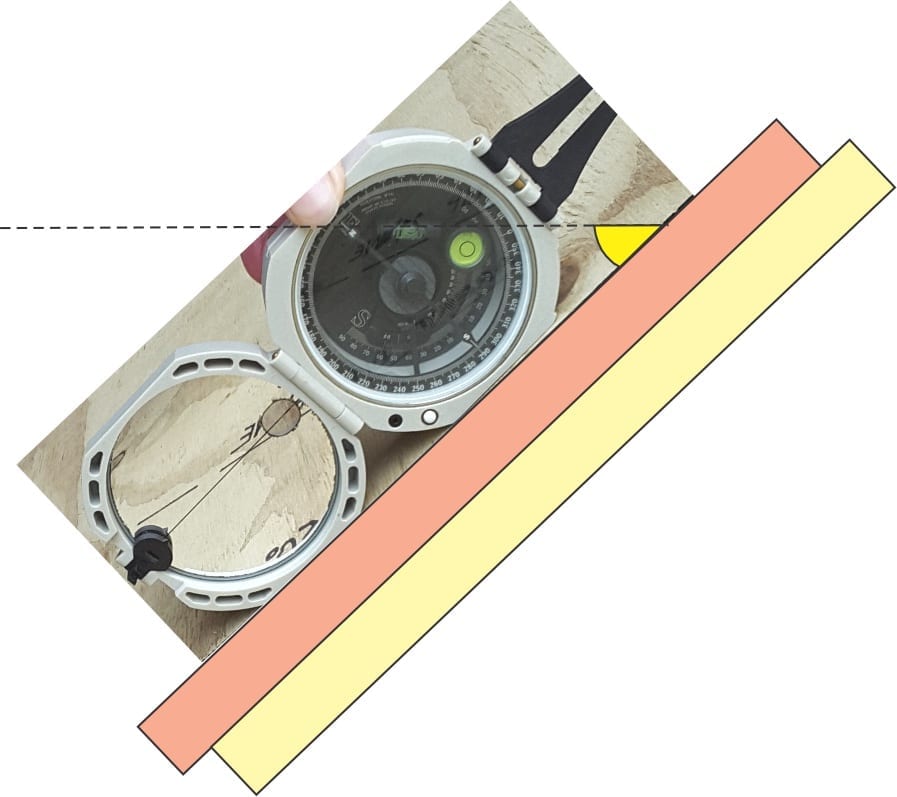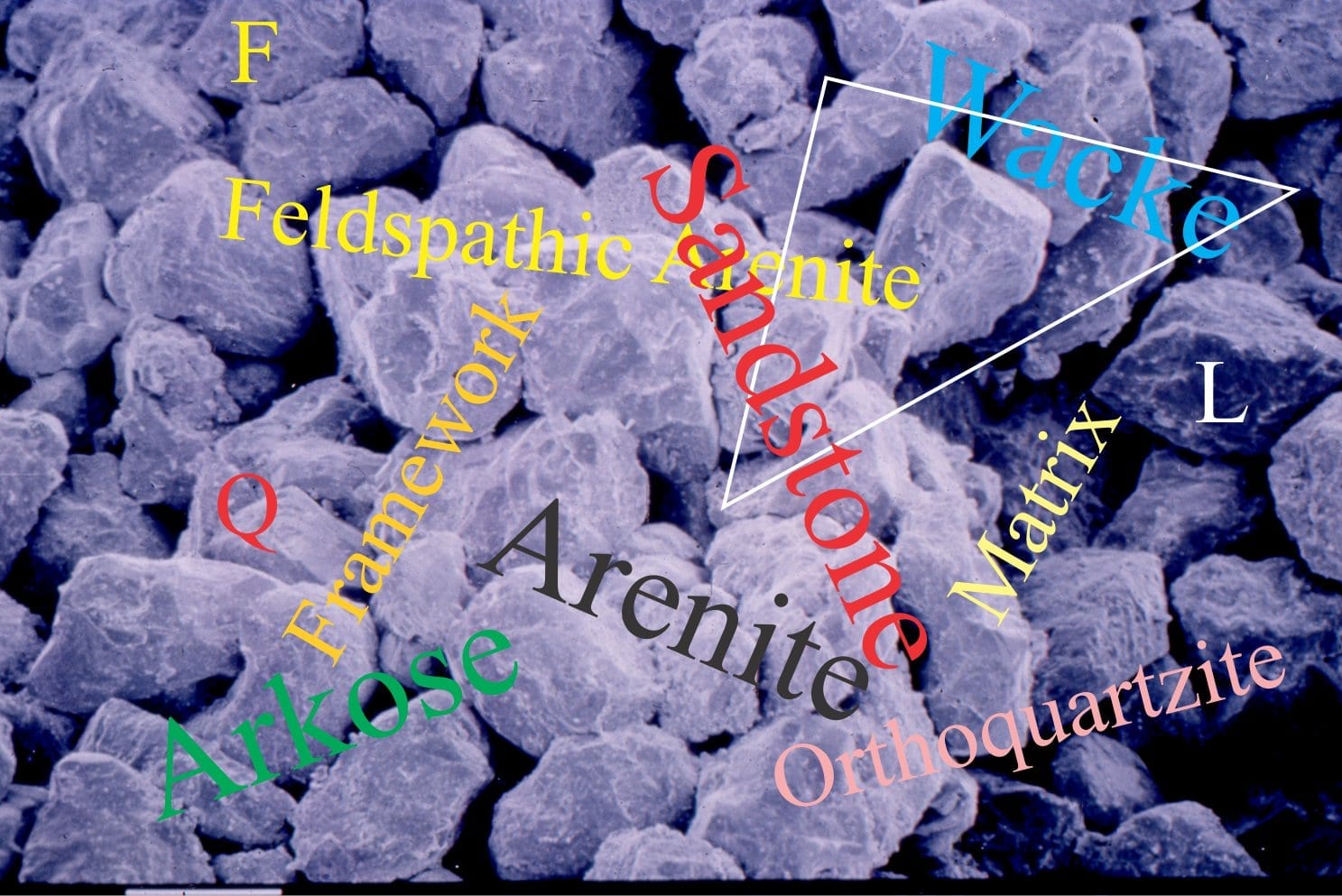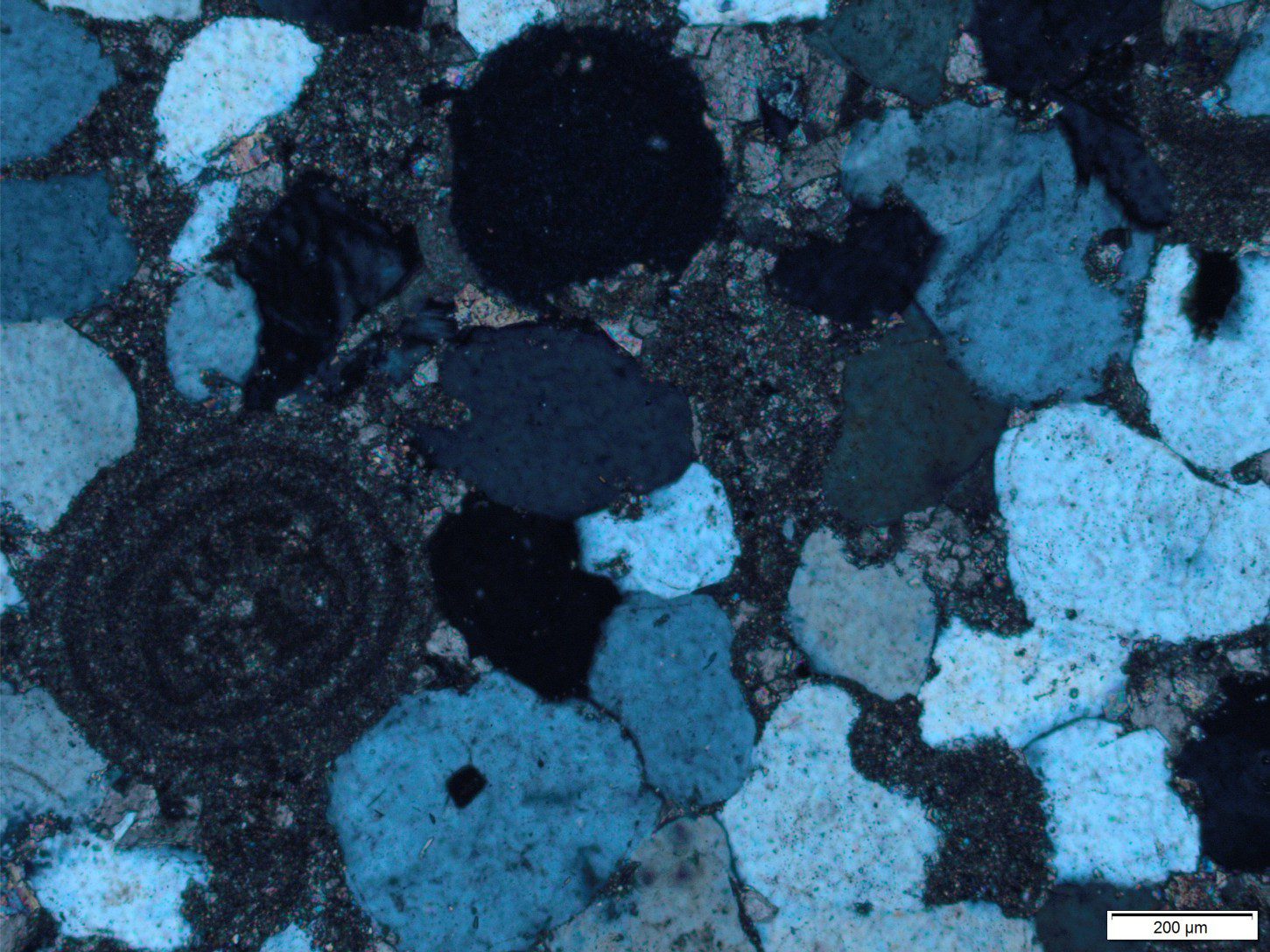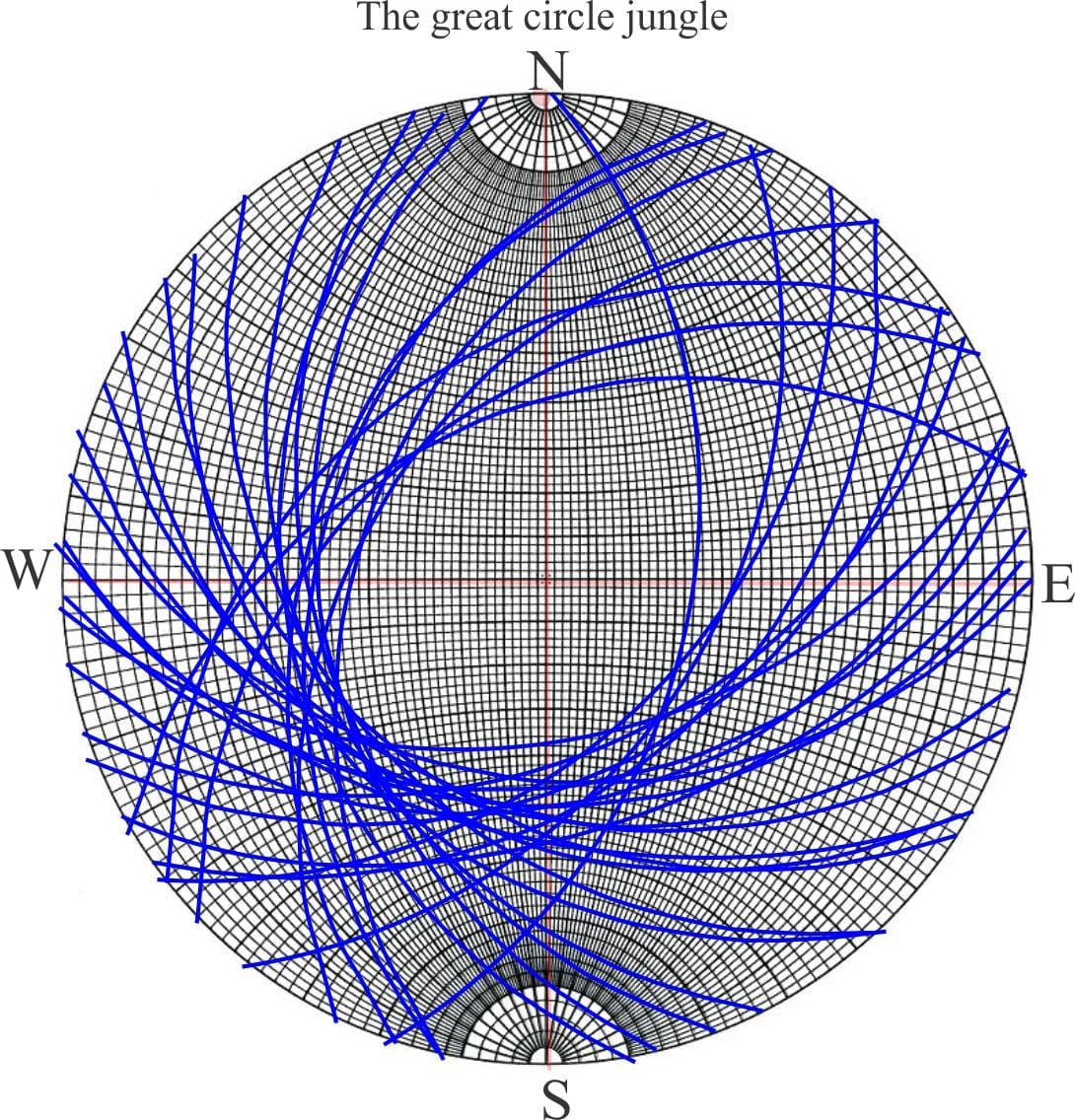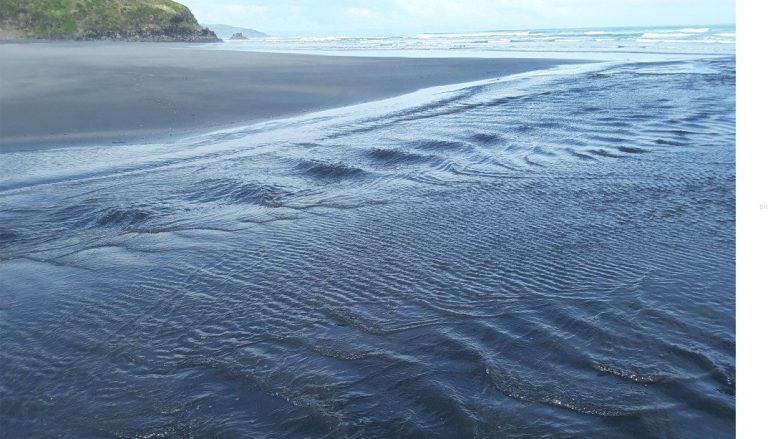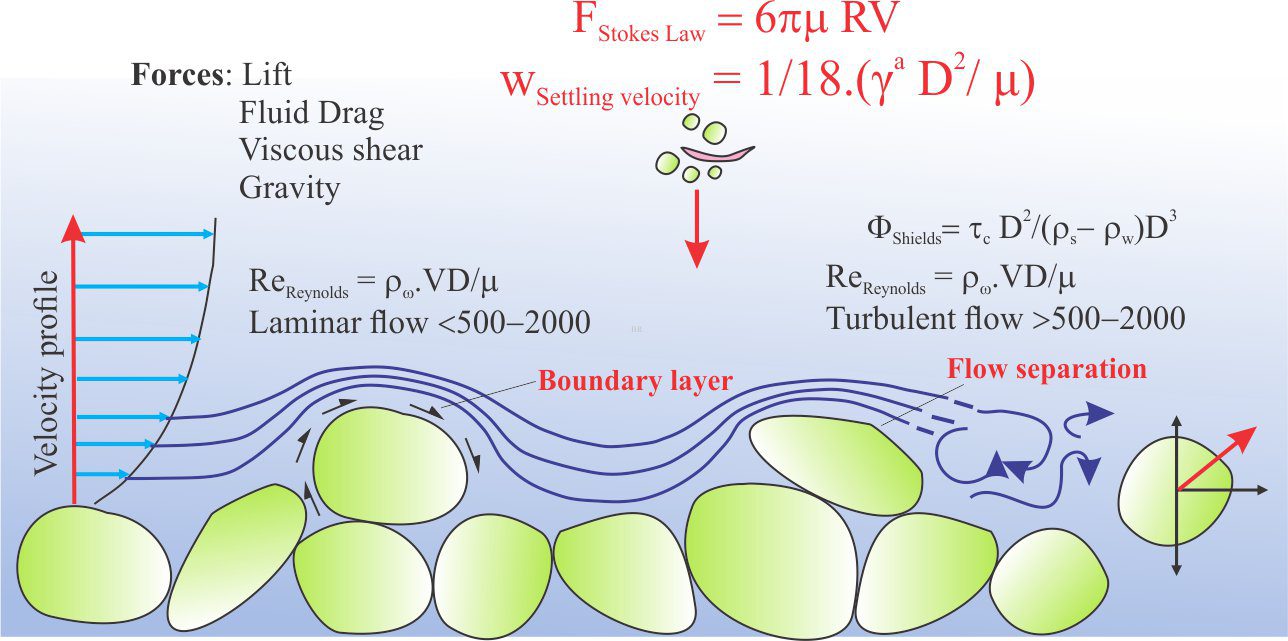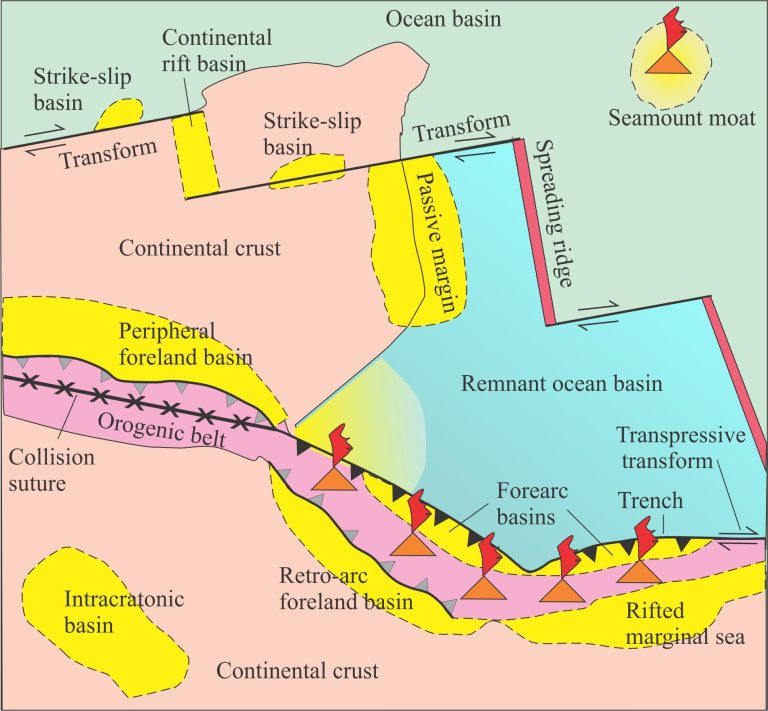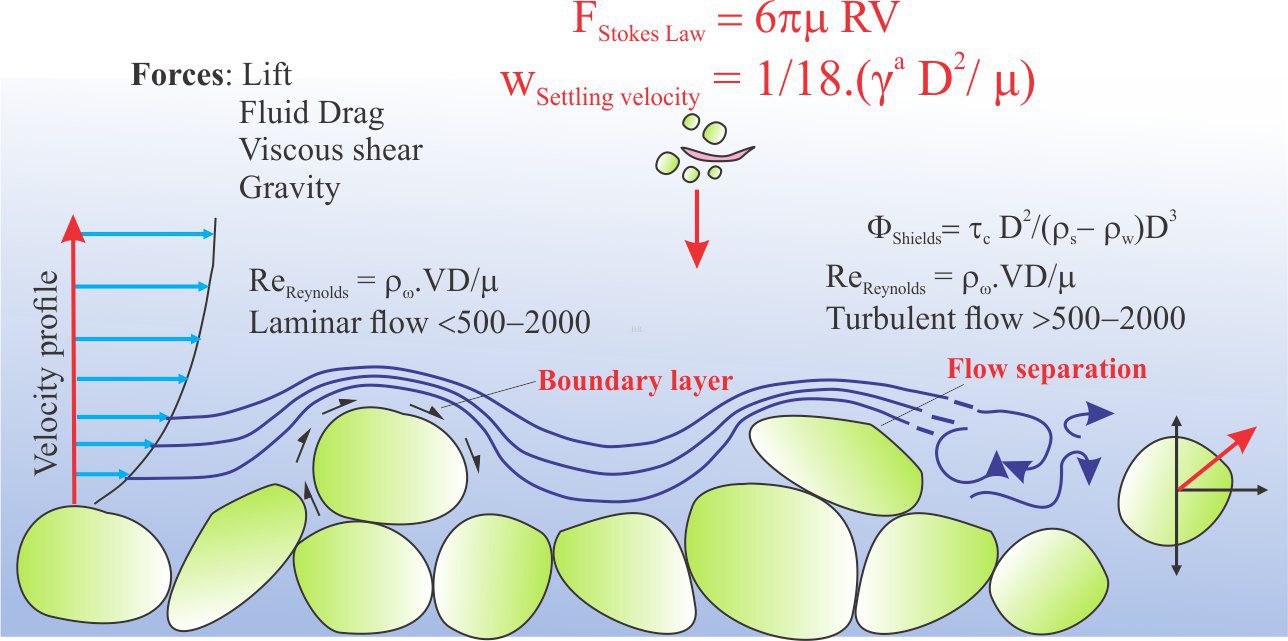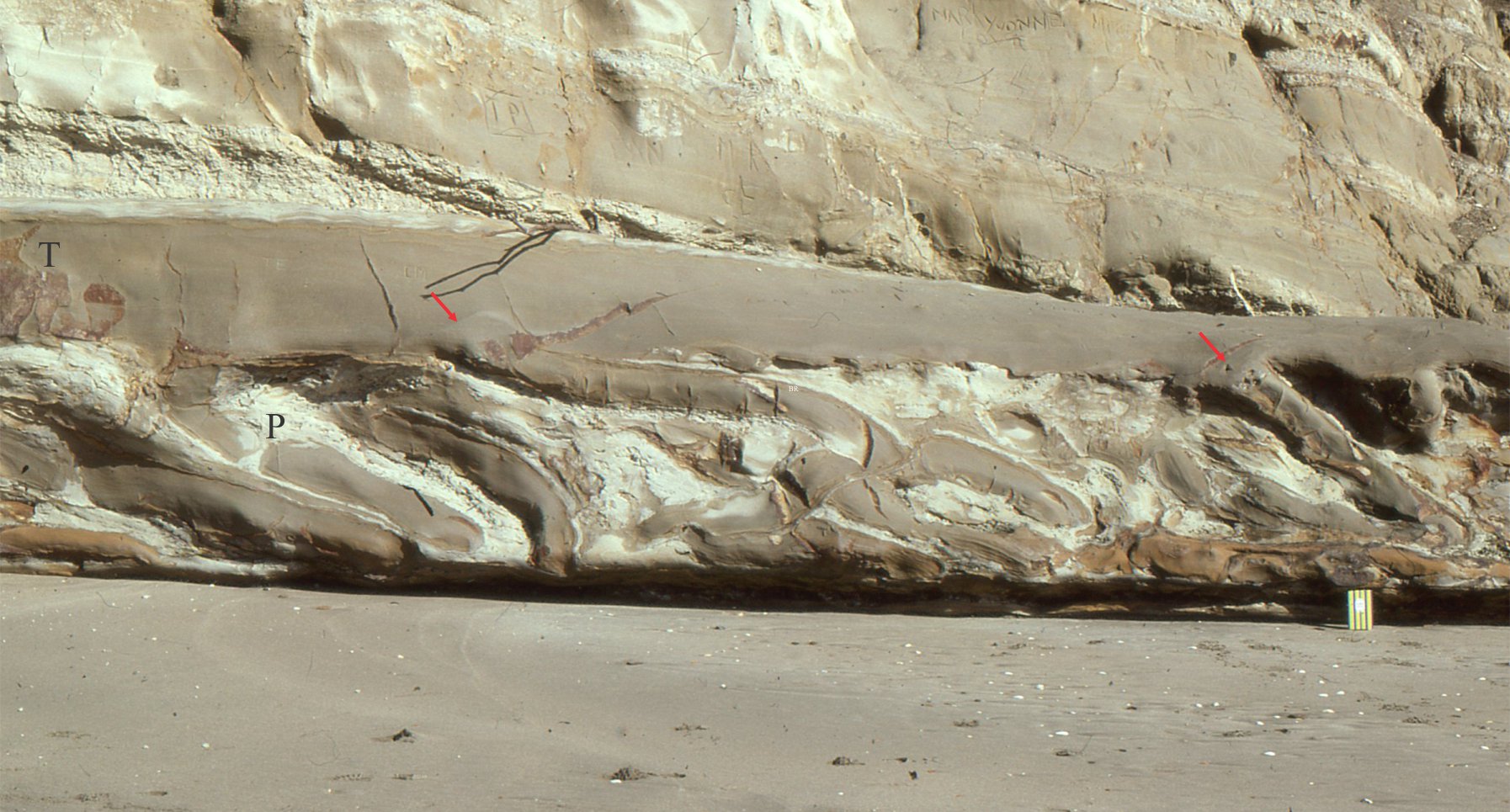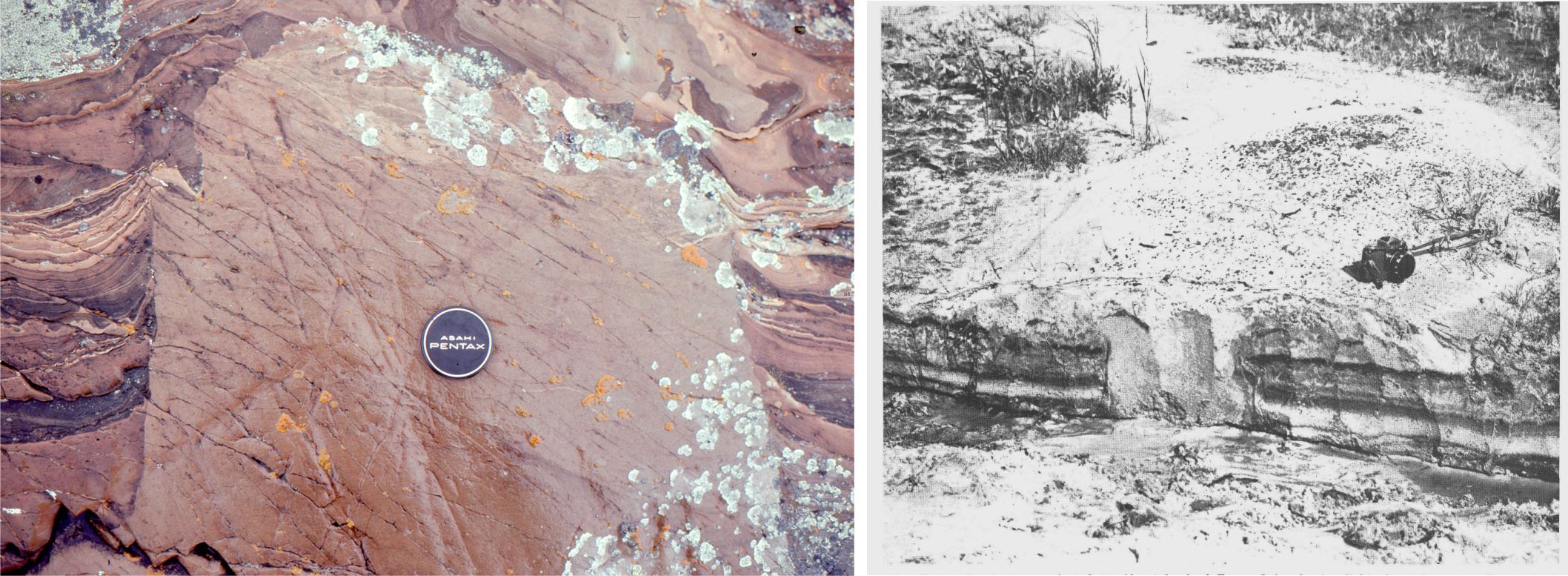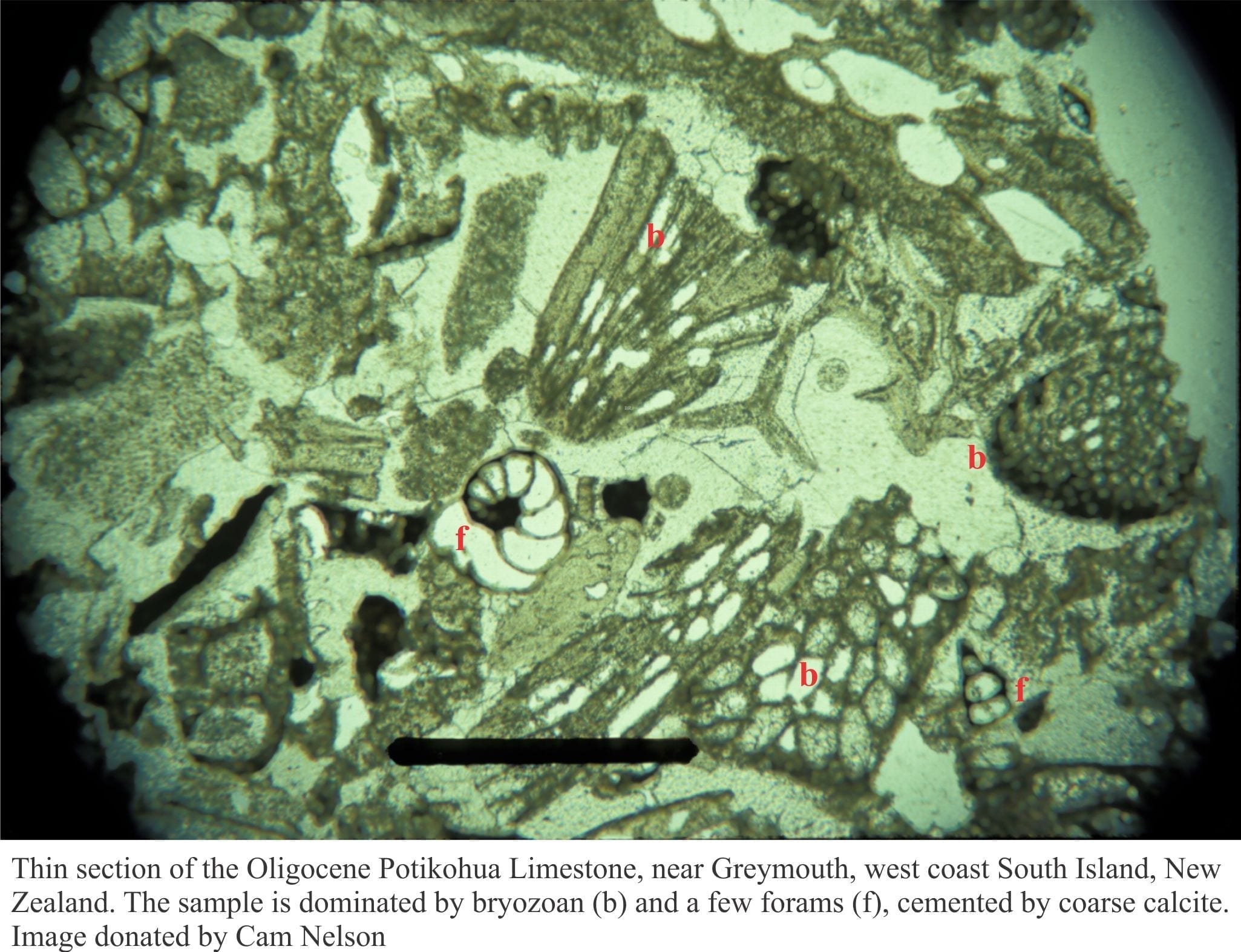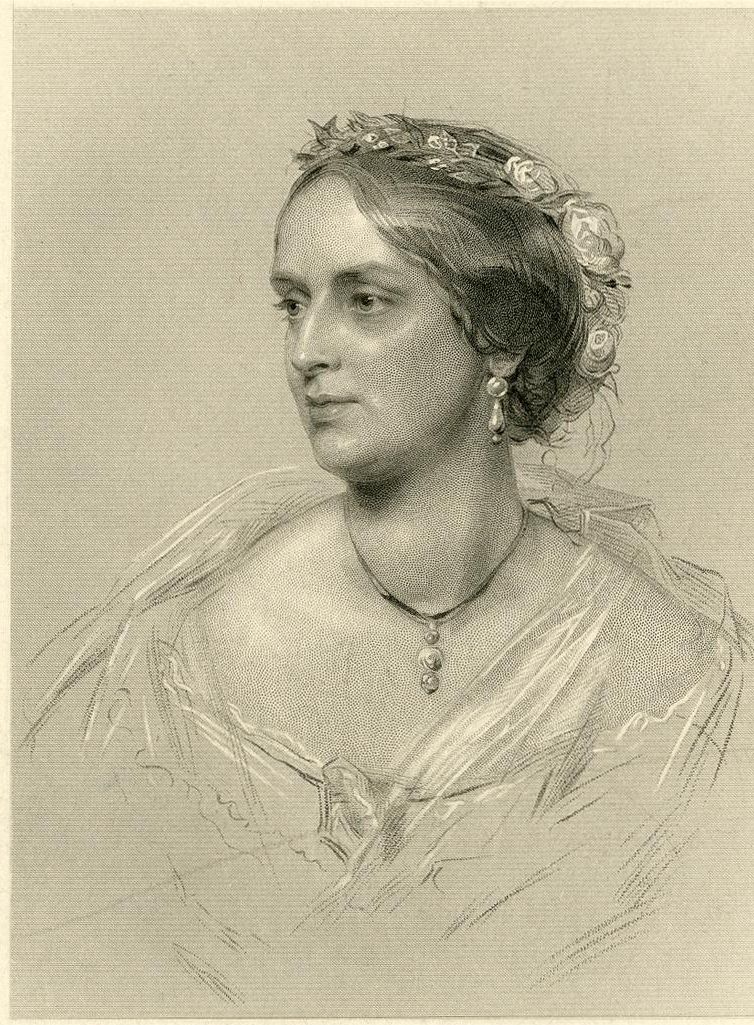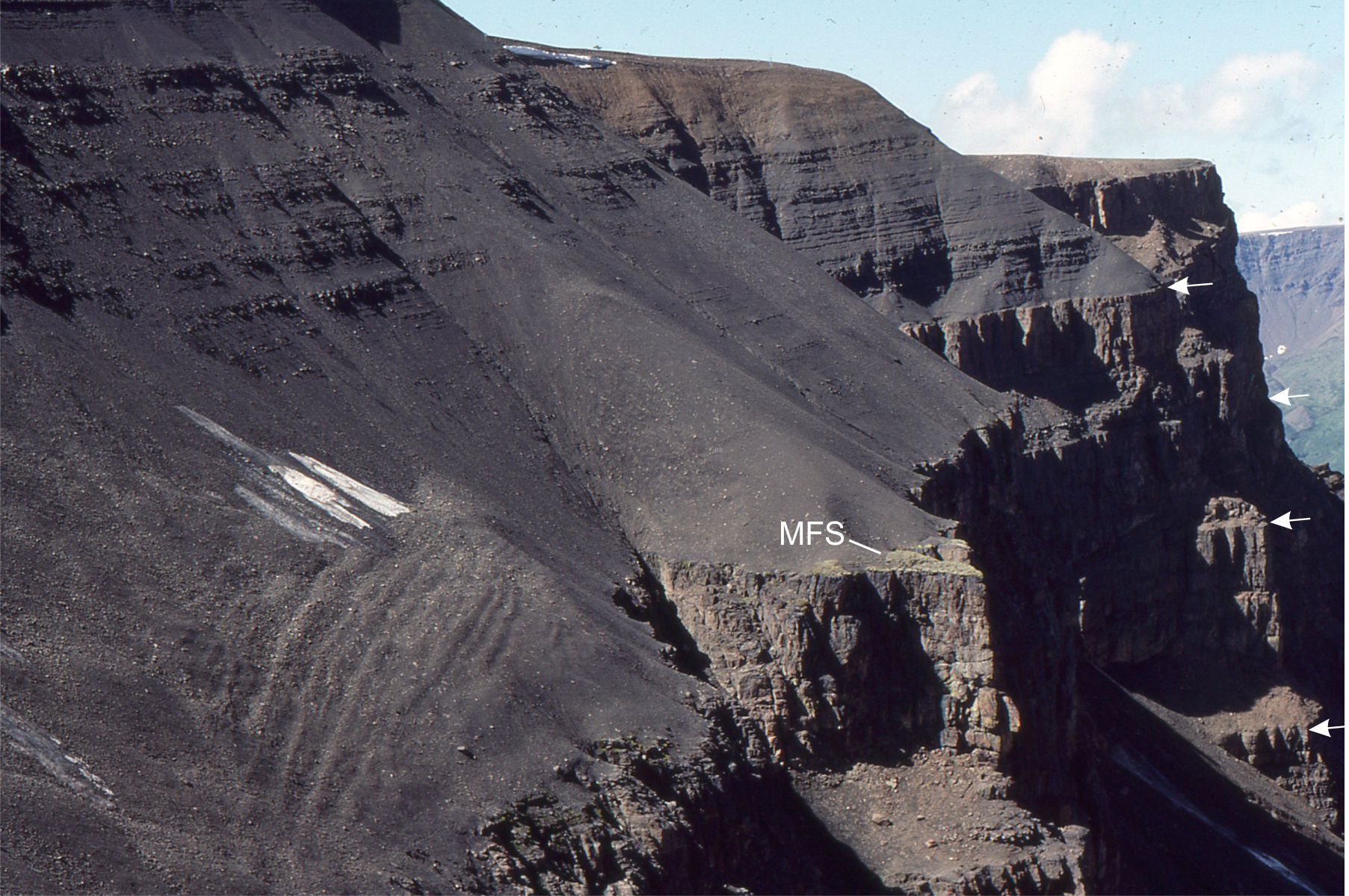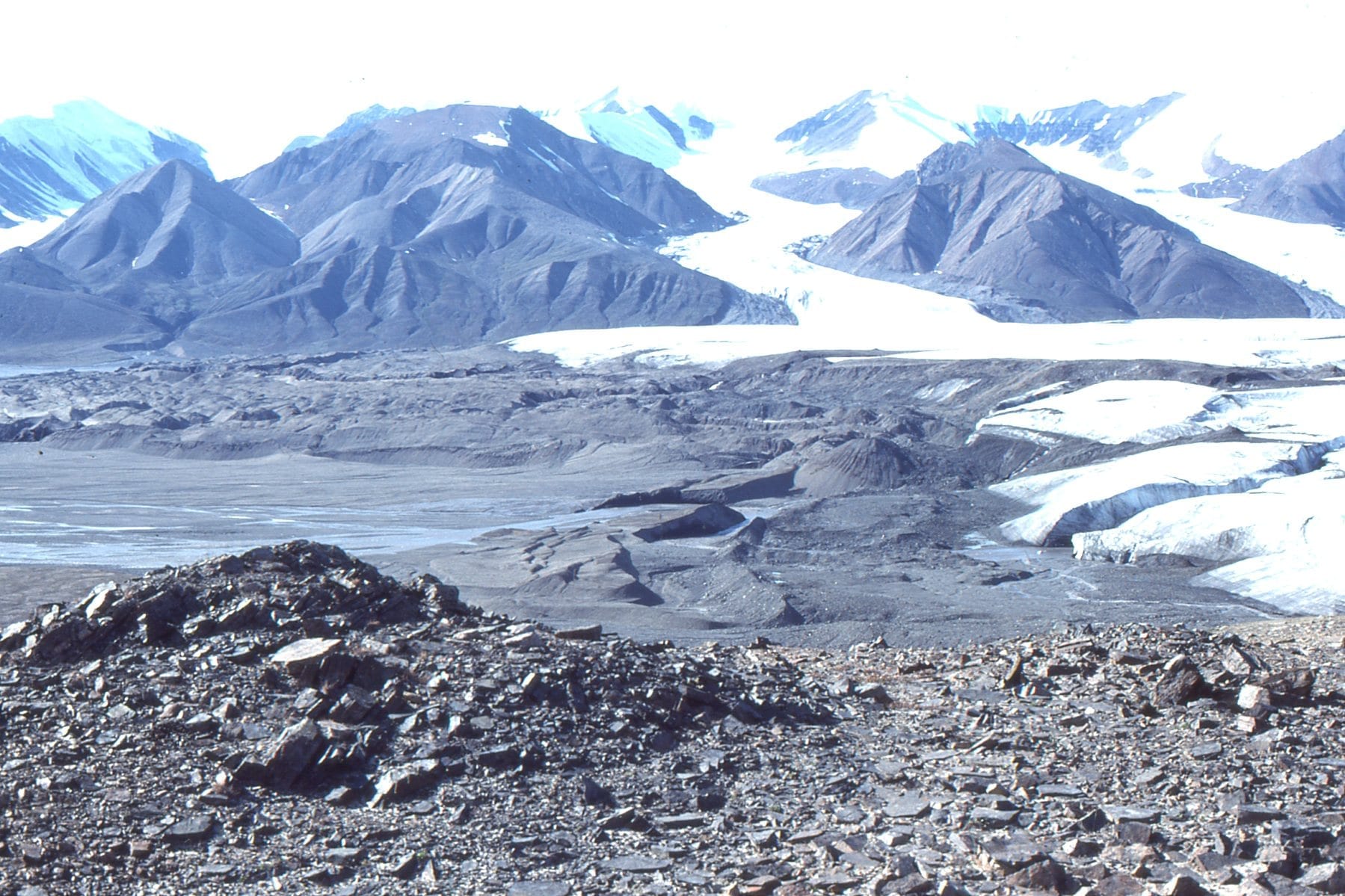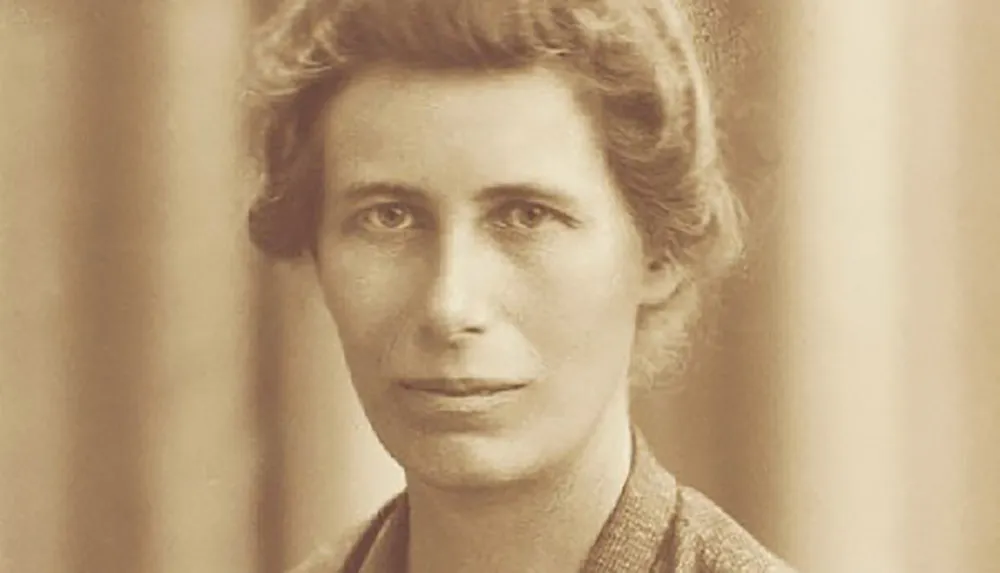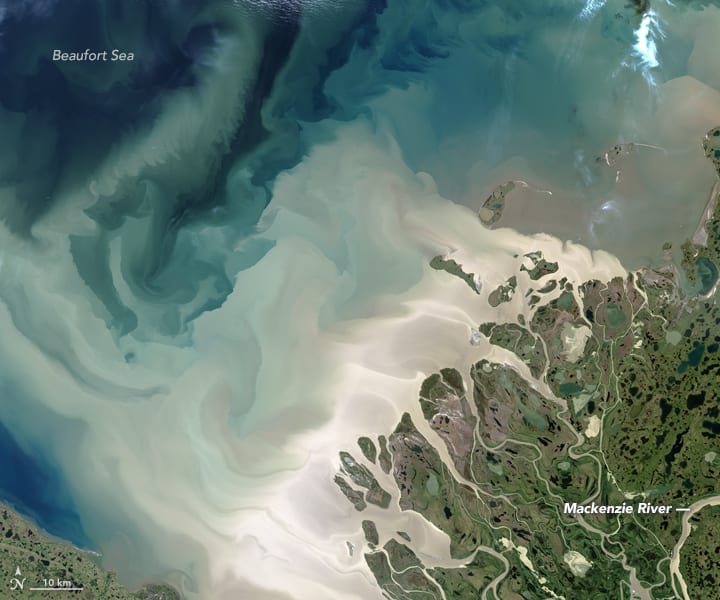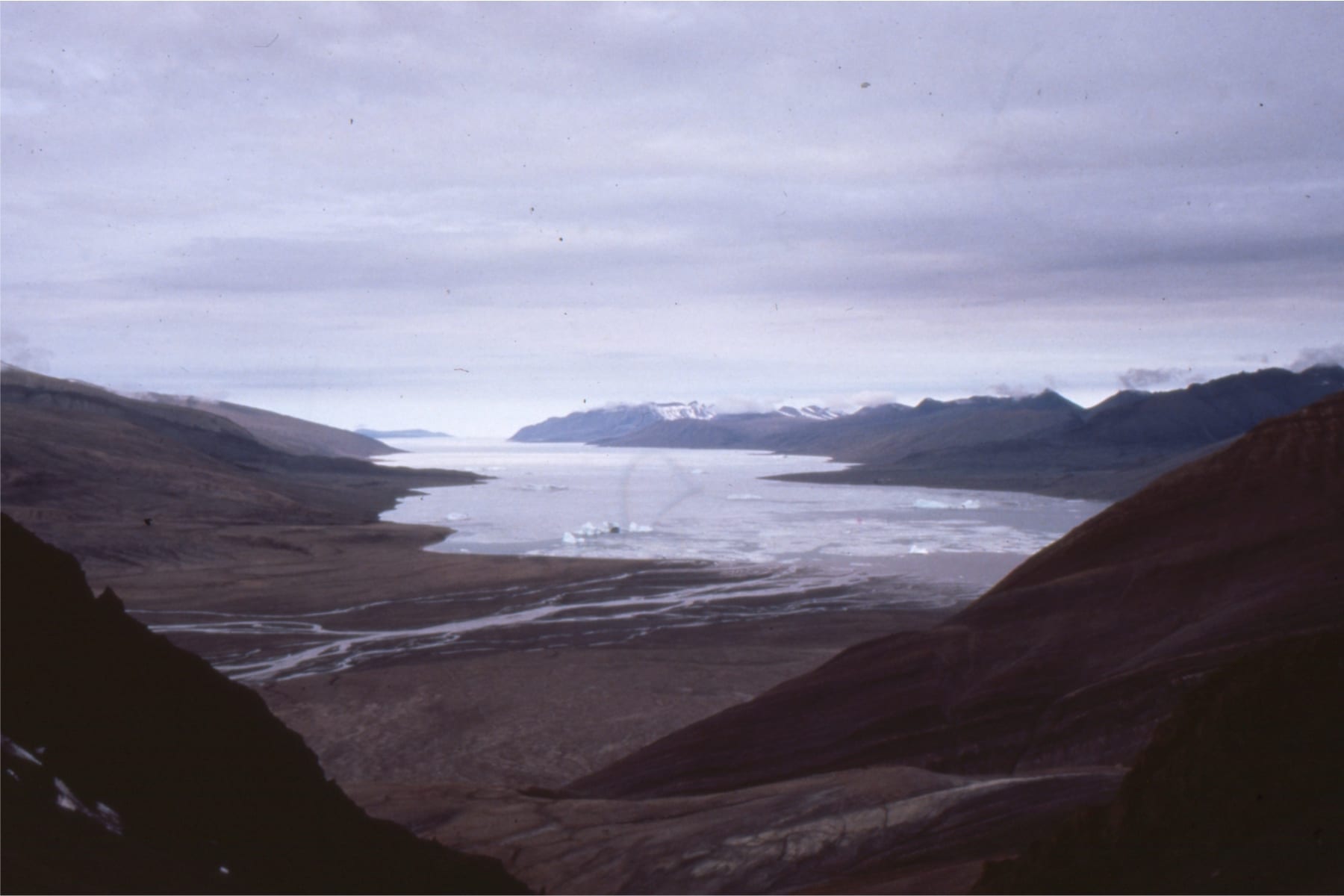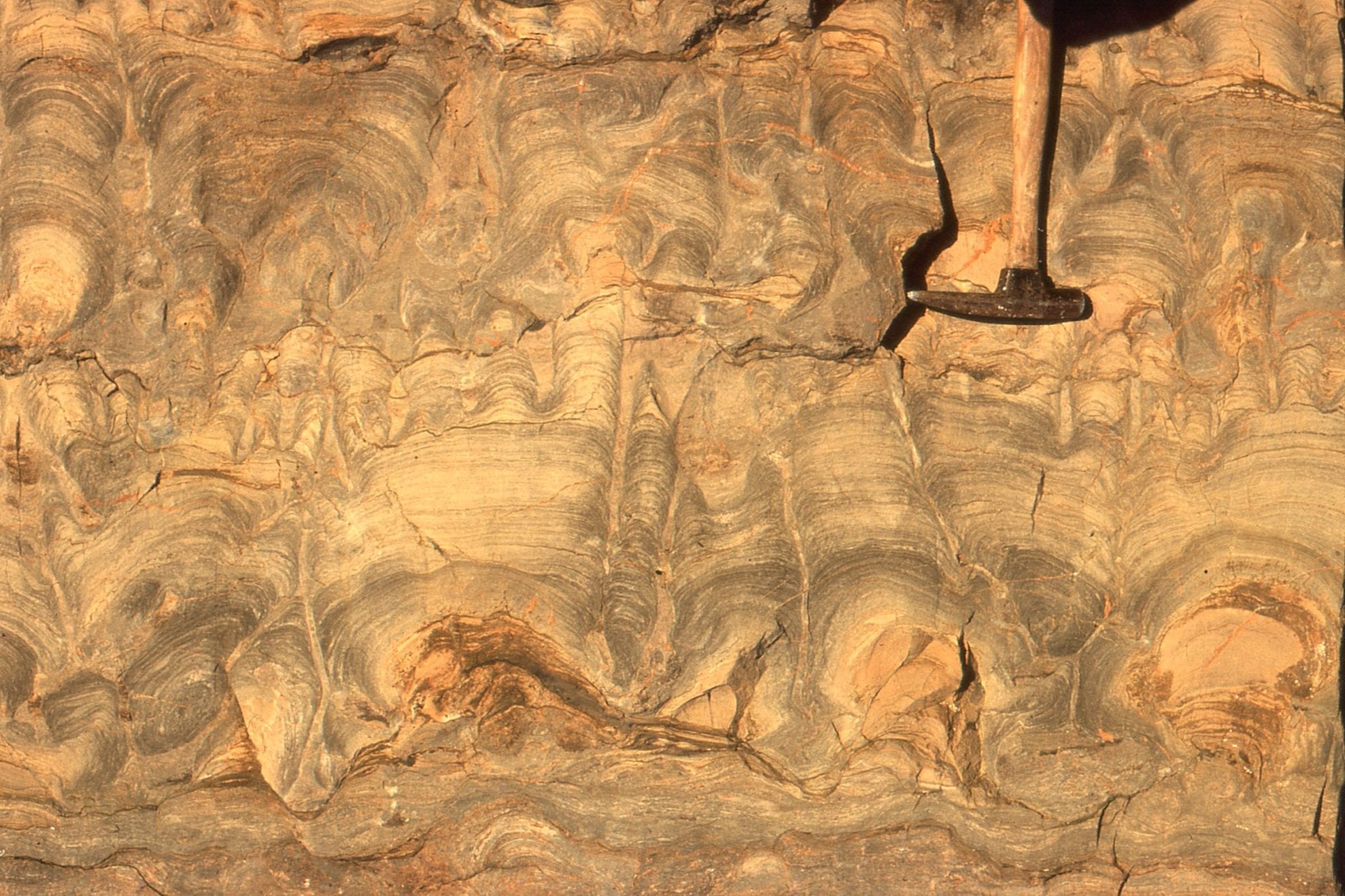
This biography is part of the series Pioneering women in Earth Sciences – the link will take you to the main page.
Etheldred Benett, born Tisbury, Wiltshire, England.
Benett’s principal collecting space was Wiltshire, southern England (and quite close to Lyme Regis), where she had ready access to stratigraphic units called the Upper Greensand, and Chalk (both Cretaceous – the Chalk in Wiltshire is equivalent to that exposed in the White Cliffs of Dover). The earliest records of her collections date to 1809-1810.
Etheldred Benett is often spoken of as the first lady geologist of England (e.g., Torrens et al., 2000). The choice of expression “lady geologist “, rather than woman, or female may be deliberate on the part of many commentators because she was born into wealth and a gentlemanly father. Quite unlike her contemporary Mary Anning (1799-1842) who is probably better known, but whose life was constantly wracked by poverty. Both were fossil collectors, both understood the value of fossils in stratigraphy, and both women had the creativity and drive to pursue scientific investigations in what we now refer to as biostratigraphy.
She amassed huge collections, many of which were shipped to eminent naturalists such as paleontologist James Sowerby (1757-1822), and obstetrician- geologist Gideon Mantell (1790-1852). Many of her specimens are the type specimen for certain new species (i.e., the fossil specimen upon which descriptions of the species are based). Benett had correspondence and face-to-face discussions with luminaries like William Buckland, James Sowerby, George Bellas Greenough and Samuel Woodward, who all benefited from her knowledge of fossil identifications and stratigraphic relevance.
She produced the first stratigraphic measured section in a limestone quarry at Upper Chicksgrove in 1815, rocks now included in the Purbeck Limestone Group. The illustrated section was sent with correspondence to The Geological Society – ‘The measure of the different beds of stone in Chicksgrove Quarry in the Parish of Tisbury, Wiltshire’. The importance of the information must have been recognized by those in The Society because J. Sowerby subsequently used it in a publication but omitted to include or notify Benett herself.
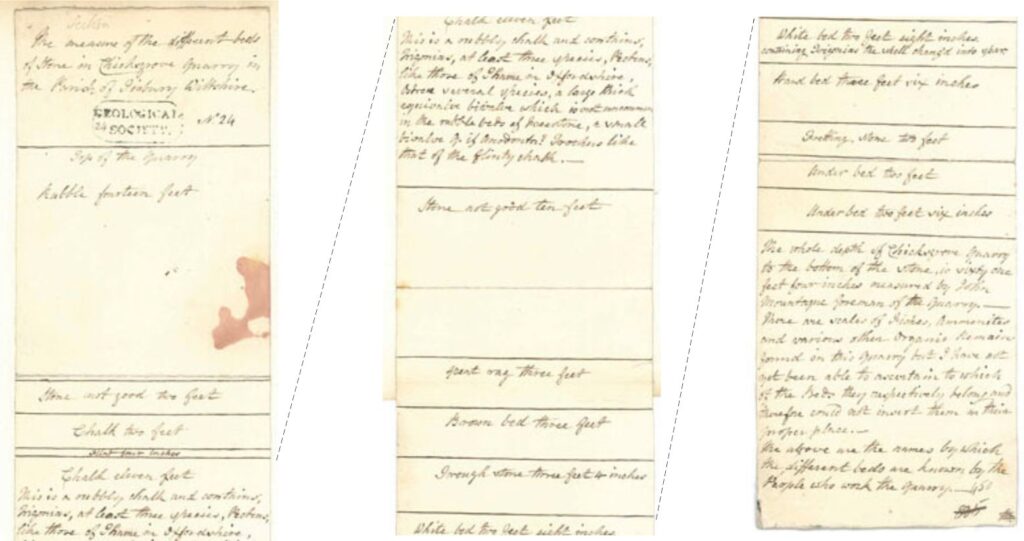
Acknowledgements for Benett’s contributions of specimens, identifications, and correspondence were typically confined to footnotes, even when she worked with some of these authors. J. Sowerby’s 1829 Mineral Conchology of Great Britain is a good example, where he notes on page 77 “For the knowledge and use of the specimens of this Ammonite we are indebted to the zeal of Miss Etheldred Benett, whose labours in the pursuit of geological information have been as useful as they have been incessant.”
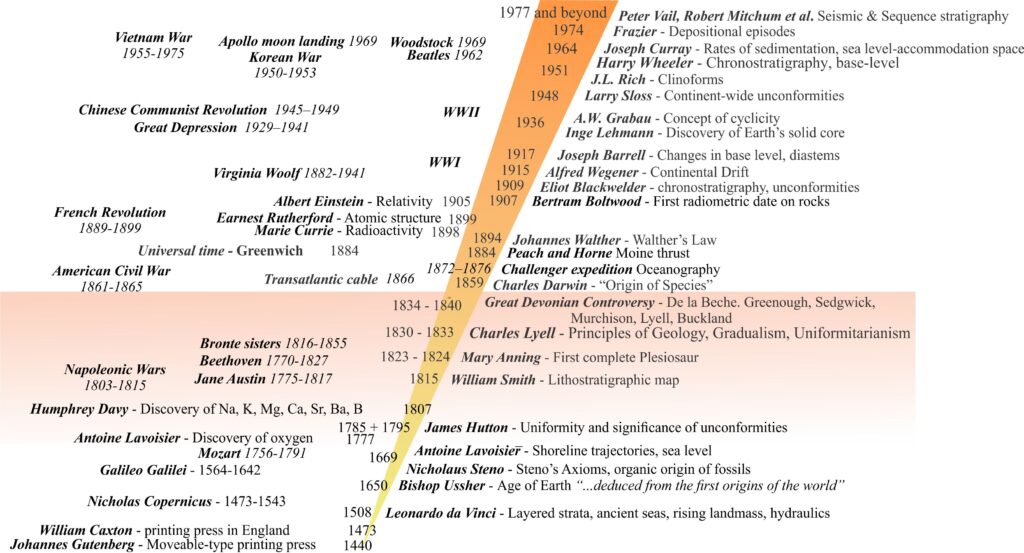
In the early 19th C women were not permitted to present and publish papers in the main purveyors of geological science – the Royal Society and the Geological Society (of London). Other male fellows of various societies could do it for them, but in several cases the names of the original authors were often omitted or mentioned only in the acknowledgements. However, Benett was in a position to finance publication of her own memoir – A Catalogue of the Organic Remains of the County of Wiltshire that contained many of the descriptions and sketches she had made over the previous 20 years and more (Benett, 1831). Her collections so impressed Tsar Nicholas I of Russia, that he granted Benett an honorary Doctorate of Civil Law from the University of St. Petersberg on the quintessentially awkward assumption that Etheldred was a man (women were not permitted in the University at that time, much like Europe, Britain, and the U.S.A.).
After her death in 1845, the collection was purchased by Thomas Wilson, an American naturalist who donated it to the Academy of Natural Sciences of Philadelphia (1848 to 1852). Some years later the collection went missing, reappearing in 1989 (Spamer et al., 1989). Parts of her collection are also housed in various British institutions.
References and other documents
Horace B. Woodward, 1907. The history of the Geological Society of London. Geological Society of London (Smithsonian Libraries, Internet Archive)
Spamer, Earle E.; Bogan, Arthur E.; Torrens, Hugh S. (1989). “Recovery of the Etheldred Benett Collection of fossils mostly from Jurassic-Cretaceous strata of Wiltshire, England, analysis of the taxonomic nomenclature of Benett (1831), and notes and figures of type specimens contained in the collection”. Proceedings of the Academy of Natural Sciences of Philadelphia. 141. pp. 115–180.
Hugh Torrens, E. Benamy, Edward B Daeschler, Earle E Spamer, Arthur Bogan. 2000. Etheldred Benett of Wiltshire, England, the first lady geologist—Her fossil collection in the Academy of Natural Sciences of Philadelphia, and the rediscovery of “lost” specimens of Jurassic Trigoniidae (Mollusca: Bivalvia) with their soft anatomy preserved. PROCEEDINGS OF THE ACADEMY OF NATURAL SCIENCES OF PHILADELPI-IIA 150: 59-123.
M. Kölbl-Ebert, 2001. On the origin of women geologists by means of social selection: German and British comparison. IUGS Episodes 2001; 24(3): 182-193.
C. V. Burek and B. Higgs, 2007. (Open Access) The role of women in the history and development of geology: an introduction. Geological Society, London, Special Publications, v. 281, p. 1 – 8
Renee M. Clary 2023. Etheldred Benett (1776–1845): The Lady was a Geologist. G.S.A. Today, July, p. 32-33.
